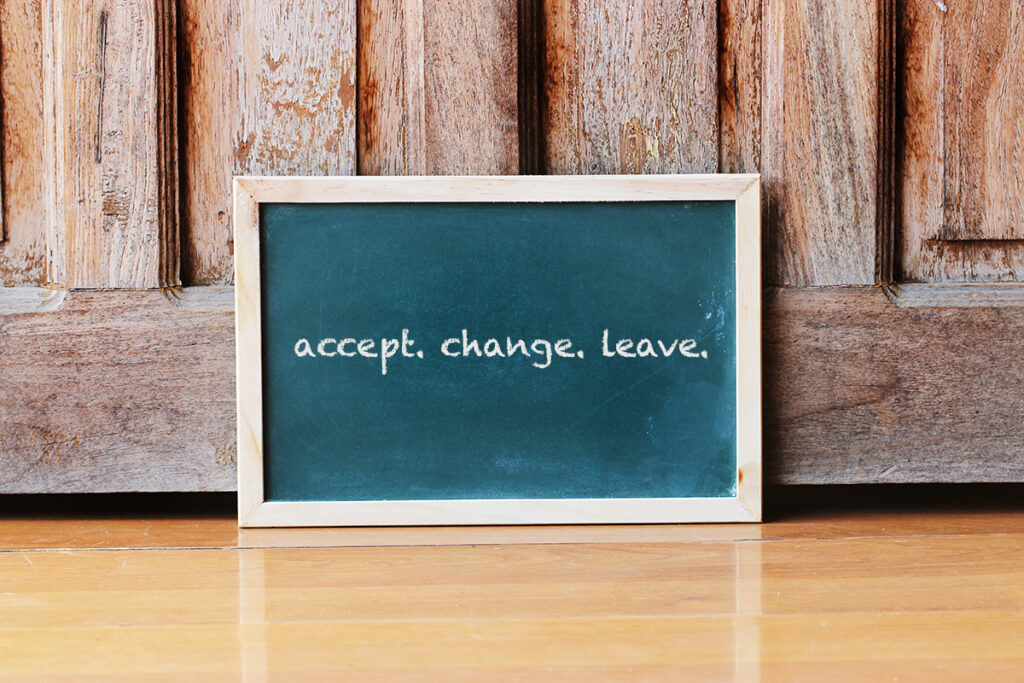While modeling a coaching pre-conference in a workshop for instructional coaches, one teacher shared that as a first-grade teacher she was struggling with students at reading stations. She said that students often were off task or complaining to her about what another student was doing.
Our conversation went something like this:
Steve: Pick two of the centers you’d most want to focus on.
Teacher: Word work and journal writing.
Steve: Would you describe for me the gap that exists between what you want to see and hear happening at those centers and what you are seeing and hearing?
Teacher: I want to see and hear students practicing the skills in the center work. Now, too often, little is being accomplished and frequently students are interrupting my work with the guided group.
Steve: Are students going to centers individually or in some grouping?
Teacher: I pair them up, sometimes in groups of three. I try to place a stronger reader in each group so that he can provide assistance to a student who is struggling.
Steve: If we created a continuum of Low to High center engagement, could you describe student behavior at each spot and place students by name as to where you think they usually are on the continuum?
Teacher: Yes, I can do that.

Steve: What if during the next week, I observe at the two centers and record the behaviors that are present along with student names? If you’ve created the continuum, we can begin with comparing what I observed with what you predicated and plan for changes from there. Perhaps I can capture some of the students on video.
Teacher: Sounds great.
In this model I illustrated the coach avoiding offering solutions at the teacher’s first mention of a problem. Two thoughts were in my mind:
- Observing first to get a clearer picture of “what is happening” before focusing on change.
- Involving the teacher in a problem-solving process
My guess was that we would discover different strategies would be needed to move particular students higher on the continuum. We could set goals around next engagement levels and identify progress (or lack of it) as we experimented.
Reading Switch: How to Change Things When Change is Hard, by Chip and Dan Heath, I was introduced to solution focused therapy. I saw a connection with what I have developed over time in my coaching work. The solution-focused therapist isn’t concerned with digging into the past for why things are the way they are. Instead they look for a solution to the problem at hand. A common question the therapist asks is, “If a miracle happened, and the problem was gone, what are the first small things you would see that would make you think the change had happened?”
The therapist questions to get the picture of the change in concrete, very specific terms.
“Solution focused therapists learn to focus their patients on the first hints of the miracle ‘What’s the first small sign you’d see that would make you think the problem was gone’- because they want to avoid answers that are overly grand and unattainable.” (pages 37-38)
When the picture is clear, the therapist follows with the question, “When was the last time you saw a little bit of the miracle, even just for a short time?” This question demonstrates to the client that she can solve the problem and in at least a small way has in some circumstances.
Solution Focused Core Beliefs:
- We don’t need to fully understand the problem before we can find a solution.
- Everyone has the strengths and resources to help themselves.
- There will already be something that is working.
- Change can happen in very small steps.
- No matter how bad the problem is, it doesn’t happen all the time.
- We can’t change the past so we should focus on the future.
- Having a clear idea where you want to be makes it more likely that you’ll get there.
The approach I took with the first-grade teacher resembled what I read about solution focused approaches. The continuum would provide a description of the behaviors that would indicate the teacher was making progress toward her desired results. When I collected the observations of student behaviors, we would likely identify that the centers were generating the desired behaviors with some students. That would set the stage to generate strategies to move more students further along the continuum. That progress would encourage the teacher, support the coaching relationship, and build teacher and student efficacy.

I like this way of looking at finding a solution to a problem. Thank you for sharing!
ReplyDelete